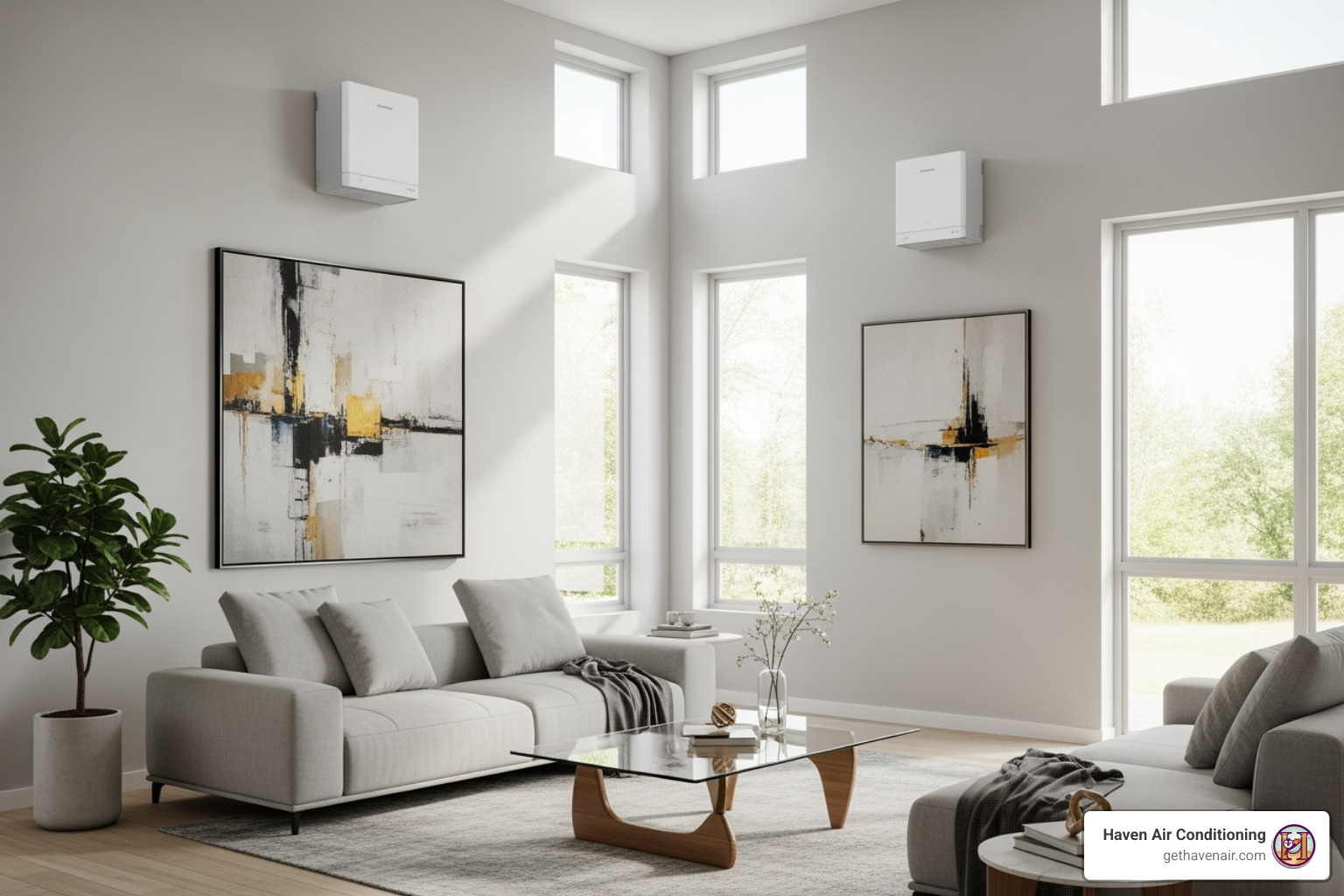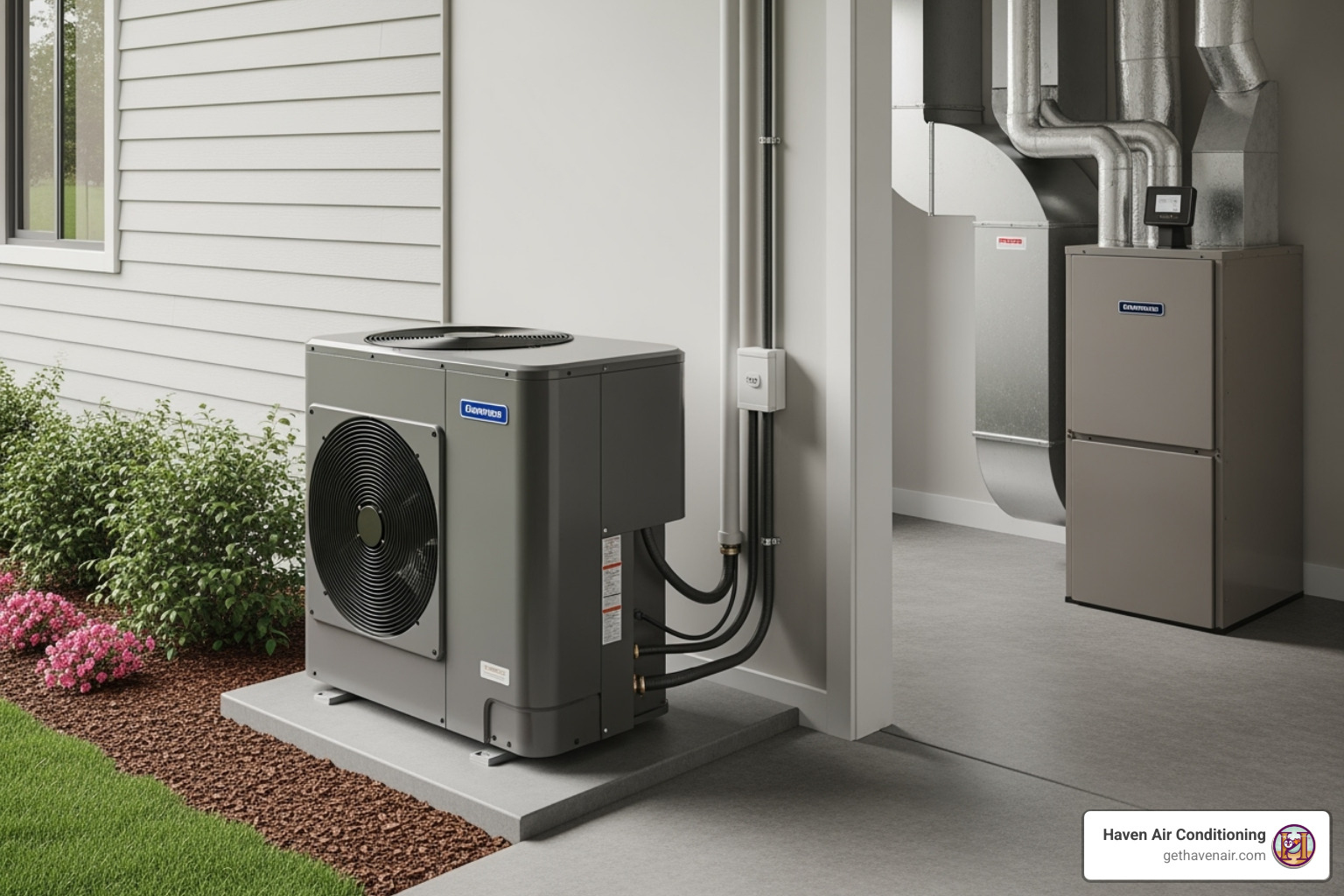Have you ever wondered how long your furnace can keep you warm? The answer might be simpler than you think!
Your furnace is a vital part of your home, especially during the chilly months. For this reason, it’s necessary to understand how long you can expect your furnace to last and what factors can influence its lifespan.
On average, furnaces have a lifespan of approximately 15 to 20 years, but there’s more to the story. Factors like maintenance, quality, and usage can significantly impact how long your furnace will keep you warm and cozy.
In this guide, we’ll delve into the world of furnaces, exploring furnaces’ average lifespan, the key factors affecting their longevity, and the signs that indicate it might be time for a furnace replacement.
Lifespan Of Furnaces
On average, furnaces are designed to last between 15 to 20 years. However, this is just a general estimate, as the actual longevity of your furnace may vary depending on various factors.
Factors Affecting A Furnace’s Lifespan
There are lots of factors that may affect the longevity of furnaces. Here are some of the most common factors:
Maintenance And Service
Regular maintenance and service can significantly extend the life of your furnace. By ensuring your furnace receives proper care, you can avoid premature breakdowns and costly repairs.
Usage
How often you use your furnace can impact its lifespan. Frequent use, especially in harsh climates, can put more strain on the system, potentially shortening its life.
Type And Quality Of Furnace
The type and quality of your furnace play a crucial role in determining how long it will last. High-quality furnaces, especially newer energy-efficient models, tend to have longer lifespans. In contrast, older, less efficient models may wear out sooner. Upgrading to newer energy-efficient models can provide better longevity, as they are designed with advanced technology that reduces strain and improves overall efficiency.
Quality Installation
The quality of the installation and the components used in your furnace can affect its overall longevity. Proper installation by a qualified professional is essential to ensure optimal performance.
Climate
Think about the environmental conditions in which your furnace works. For instance, furnaces in regions with extreme temperatures or high pollution levels may experience more wear and tear.
Average Lifespan Of Furnaces
While the average lifespan of a furnace is around 15 to 20 years, furnaces’ longevity depends on various factors. Regular maintenance, high-quality equipment, and mindful usage patterns can help extend its life. Understanding these factors empowers you to make informed decisions about your heating system, ensuring that it keeps you warm and cozy for many years.
However, choosing the best furnace for your home is not an easy decision. Some of the most common types of furnaces are gas furnaces, electric furnaces, and oil furnaces.
Gas Furnaces
Gas furnaces are designed to last for 15 to 20 years. Here are some of the most important characteristics of gas furnaces:
- Maintenance: Gas furnaces may require slightly more maintenance than electric furnaces. This happens because they have more components, including burners, gas valves, and heat exchangers, that need to be inspected and serviced regularly to ensure safety and efficiency.
- Quality of Installation: The quality of the initial installation is crucial for gas furnaces, given the presence of gas lines and combustion components. Proper installation by a qualified professional is essential to ensure safety and longevity.
- Safety Concerns: Gas furnaces pose potential safety risks, such as gas leaks or carbon monoxide leaks, if they are not well-maintained or if there are installation issues. Regular inspections and carbon monoxide detectors are essential for safety.
- Energy Efficiency: Many modern gas furnaces are designed to be highly energy-efficient, which can lead to cost savings on heating bills. Upgrading to a more efficient model can impact both the furnace’s longevity and energy costs.
- Environmental Considerations: Gas furnaces may have emissions, and their environmental impact can be a factor in regions with strict emissions regulations.
In summary, while the average lifespan of gas furnaces aligns with the 15 to 20-year estimate, they come with specific maintenance, safety, and efficiency considerations due to their use of natural gas. Proper maintenance and professional servicing are critical to ensure the safety and longevity of gas furnaces.
Electric Furnaces
Electric furnaces typically last 15-20 years, but they are different from gas furnaces.
More specifically, electric furnaces generally require less maintenance compared to gas furnaces. They have fewer moving parts and no combustion processes, which can reduce the need for frequent servicing.
Electric furnaces can be highly energy-efficient, making them a cost-effective heating option – energy efficiency can impact both the furnace’s lifespan and your energy bills.
In addition, electric furnaces produce no emissions or combustion byproducts, making them a cleaner and more environmentally friendly choice. This can be a crucial consideration in regions with strict environmental regulations.
Regarding installation, electric furnaces are relatively easy and straightforward to install, affecting their longevity.
In short, electric furnaces require less maintenance, are energy-efficient, and have a minimal environmental impact. Proper installation and regular check-ups remain important for their longevity and efficient operation. If you need help installing an electric furnace, don’t hesitate to call our HVAC contractors.
Oil Furnaces
Like any other type of service, oil furnaces are designed to keep you warm for 15-20 years. Oil furnaces have the following characteristics:
- Maintenance: Oil furnaces require regular maintenance to operate efficiently and safely. This includes tasks such as cleaning the combustion chamber, changing filters, and inspecting the fuel delivery system. Neglecting maintenance can lead to a shorter lifespan.
- Fuel Availability: The availability and cost of heating oil in your region can impact the lifespan of an oil furnace. Variations in fuel prices can influence the cost-effectiveness of oil heating.
- Environmental Impact: Oil furnaces produce emissions during combustion, which can have environmental implications. The environmental impact of an oil furnace may vary depending on its age and efficiency. Older models are often less efficient and more polluting than newer, high-efficiency units.
- Efficiency: Older oil furnaces tend to be less energy-efficient than newer models. Upgrading to a more efficient oil furnace can impact both its longevity and your energy costs, potentially making it a more cost-effective heating option.
- Installation and Venting: Proper installation and venting are critical for oil furnaces to ensure safety and longevity. Improper installation can lead to issues and potentially reduce the furnace’s lifespan.
In conclusion, their longevity is influenced by factors, such as regular maintenance, fuel availability, environmental considerations, furnace efficiency, and proper installation. To ensure both safety and efficiency, regular maintenance and professional installation are vital for oil furnaces.
Top Signs To Replace A Furnace
Is your furnace dying? Stop wondering and look for the following signs:
- Age: If your furnace is over 15 to 20 years old, it’s approaching the end of its typical lifespan. Consider replacement to avoid potential breakdowns during the colder months.
- Frequent Breakdowns: If your furnace requires frequent repairs and the repair costs are adding up, it may be more cost-effective to invest in a new, reliable unit.
- Energy Bills: Rising energy bills can be a sign of an inefficient furnace. Newer, energy-efficient models can save you money on heating costs.
- Inconsistent Heating: If your furnace struggles to maintain consistent temperatures throughout your home, it might be time for an upgrade.
- Increased Noise Levels: Unusual or increasing noises from your furnace can indicate issues that require attention.
- Yellow Flame: A yellow burner flame instead of a steady blue one can indicate a carbon monoxide leak, which is a serious safety hazard.
- Visible Rust or Cracks: Rust or visible cracks in your furnace can indicate deterioration, which may lead to safety issues.
- Uneven Heating: If some rooms are too hot while others are too cold, it’s a sign for furnace replacement.
- Safety Concerns: If you have safety concerns about your furnace, such as gas leaks or carbon monoxide leaks, it’s essential to replace it for your family’s safety.
- Older, Inefficient Model: Older furnaces are often less energy-efficient and less environmentally friendly than newer models. Upgrading to a high-efficiency unit can provide both comfort and cost savings.
Replacing a furnace is a significant decision that can improve your home’s comfort and energy efficiency. When you notice one or more of these signs, it’s necessary to call a qualified HVAC professional who can assess your furnace’s condition and recommend the most suitable replacement options.
If you live in Orange County, CA, call Haven Air Conditioning, your trusted team of HVAC technicians who are always on call to sort out any furnace problem and reply to all your questions about HVAC systems. Happy to help you anytime!
Do you want to learn more about heating systems? Read below our guides:





